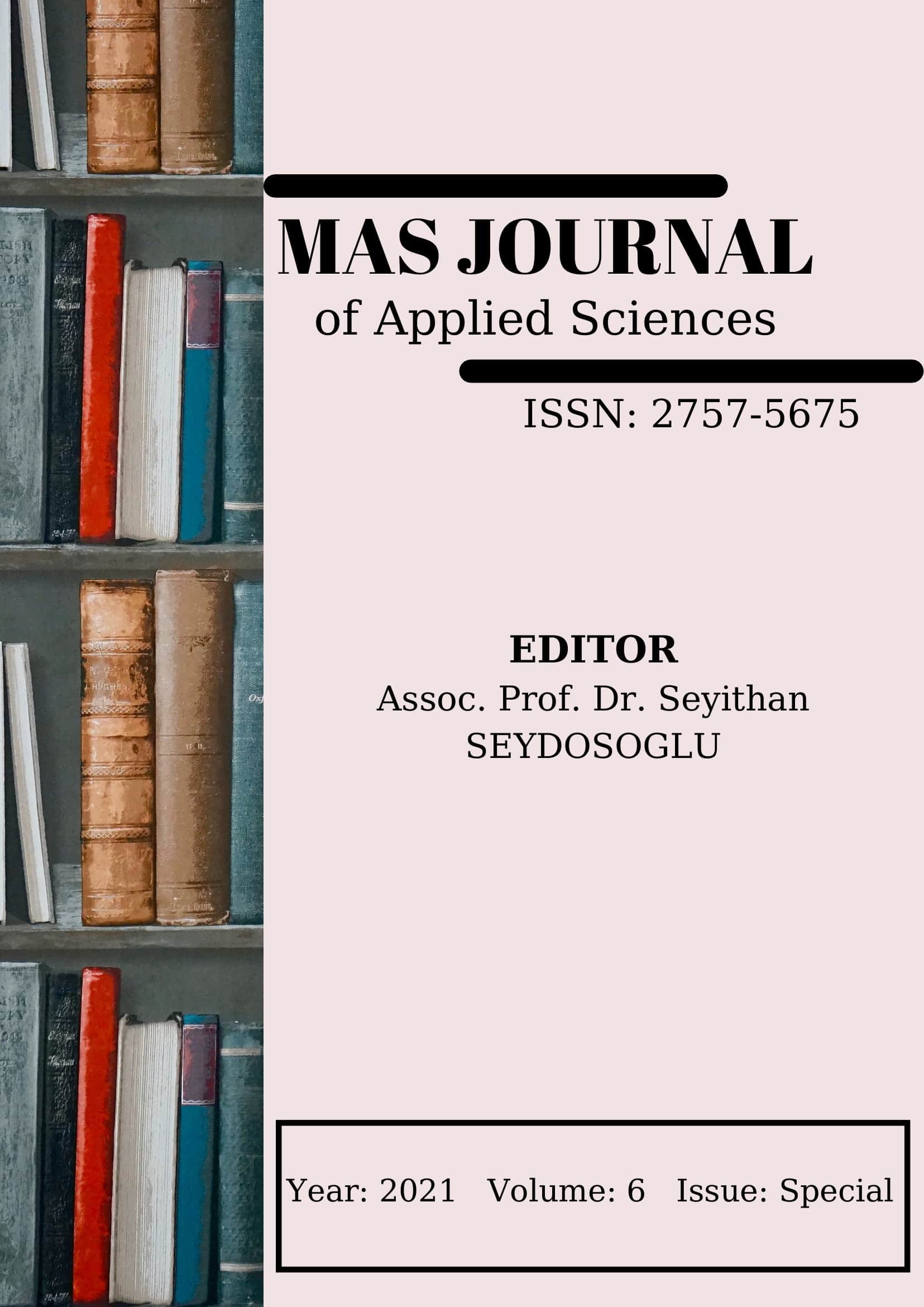Investigation of Leaf Micronutrient Contents of Some Apricot Varieties Grafted on Different Prunus Rootstocks
DOI:
https://doi.org/10.52520/masjaps.164Keywords:
Rootstock, prunus, apricotAbstract
Prunus cerasifera, P. domestica, and P. persica species or their hybrids are mostly used in rootstock breeding studies for stone fruit species. In terms of rootstock features, all three species have their important characteristics, therefore, Estimating which species can be a better candidate as a rootstock is quite complex and not easy. It can be said that the transfer of plant nutrients from the soil to the scion is the most important task of a rootstock. This situation may vary within species as well as between species. This study was carried out in the field and laboratories of the Eastern Mediterranean Transition Zone Agricultural Research Institute. In this study, the content of leaf micronutrients in Mikado, Mogador, and Flopria apricot cultivars grafted on a total of 18 rootstocks obtained by selection breeding of mentioned species, six of each, were investigated. The results showed that the leaf content of Fe and B in P. persica (57.75 kg.mg-1 and 86.76 kg mg-1, respectively), the contents of Mn and Zn in P. cerasifera (37.21 kg mg-1 and 21.10 kg.mg-1, respectively), the content of Cu in the control rootstock Myrobolan 29C (17.74 kg.mg-1) had the highest values. The data obtained from the study were found to be promising considering the reference values and the values obtained from the control rootstock.
Downloads
Published
How to Cite
Issue
Section
License
Copyright (c) 2021 The copyright of the published article belongs to its author.

This work is licensed under a Creative Commons Attribution-NonCommercial 4.0 International License.


